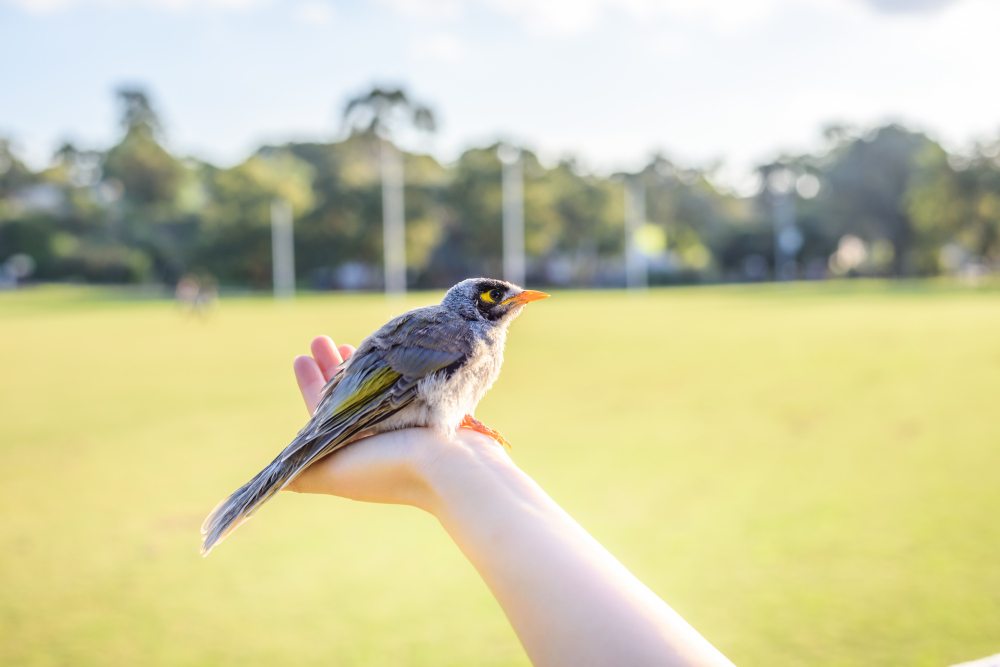The government of Canada carries out regular surveys to check on the numbers of their migratory birds. The last major survey happened in 2016.
Read this page to discover the key results of the survey, what they mean to Canada’s migratory bird population, and how the survey works.

Key results
The 2016 survey gathered data for 358 different species of migratory birds. There were four major highlights in the survey which showed that populations of birds were struggling.
- Just 57% of the population was within acceptable bounds
- Waterfowl (74%) and forest birds (63%) had the highest percentage of populations within acceptable bounds
- Just 12% of grassland and insectivore birds had their populations within acceptable bounds
- Only 12% of waterfowl birds had populations beyond acceptable bounds
This data shows that there is a real mix in terms of how much the migratory bird population in Canada is struggling. It is clear that ecologists should carefully curate their support and management efforts to preserve these species in the right ratio.
What the indicator measures
The Canadian government created the Migratory Birds Convention Act to monitor populations of birds in Canada. It specified all the migratory species and required surveys to be carried out on their populations.

A key part of the Canadian conservation strategy is the principle of not too low, not too high. Both overpopulation and underpopulation can pose a challenge to the ecosystem, destabilizing a fragile balance. After surveying a range of populations from all the defined species, ecologists place each population into three groups.
- Below bounds: The population has fallen below the acceptable range
- Within bounds: The population is within the acceptable range
- Above bounds: The population is beyond the acceptable range
The law also requires that ecologists carry out management initiatives to protect populations against threats. Such threats include, but are not limited to, hunting and habitat destruction. Further, while the indicator can show the overall health of a species’ population, it cannot determine the success of management measures.
Why this indicator is important
The indicator is central to understanding the ecological reality in Canada because of the significance of birds in the ecosystem. They are great at controlling the population of insects and rodents. Birds also provide a valuable service for pollinating plants.
The bird species are even significant to Canada’s economy and the well-being of its people. Many people visit Canada each year to watch the populations of migratory birds. Birdwatching is also a popular pastime among Canadians. They use the hobby as a way to boost their personal well-being and reconnect with nature.
The indicator helps to preserve these populations by providing data on the health of populations. Bird populations have some natural fluctuations, but large changes can indicate that an environmental shift has occurred, threatening the populations. Environmental changes include:
- Habitat loss
- Damage to agriculture
- Climate change
- Rising populations of invasive species
- Hunting
- Cat predation
When the indicator detects a large population change, it shows the need to manage the population. Ecologists use management efforts to grow or shrink the size of a population.
The indicator also has significance beyond just bird populations. Birds are sensitive to changes in their environment. Scientists can use their populations as a wider indicator of the health of an ecosystem. Large changes show that measures need to be taken to restore the greater ecosystem’s well-being.
Overall, it’s evident that a healthy count for most of Canada’s migratory birds yet remains to be achieved. However, the delicate imbalance need not elude us any longer. As the indicators suggest, timely intervention from ecologists and people can help restore and maintain just the right balance of these beautiful and beneficial birds in our shared ecosystem.
